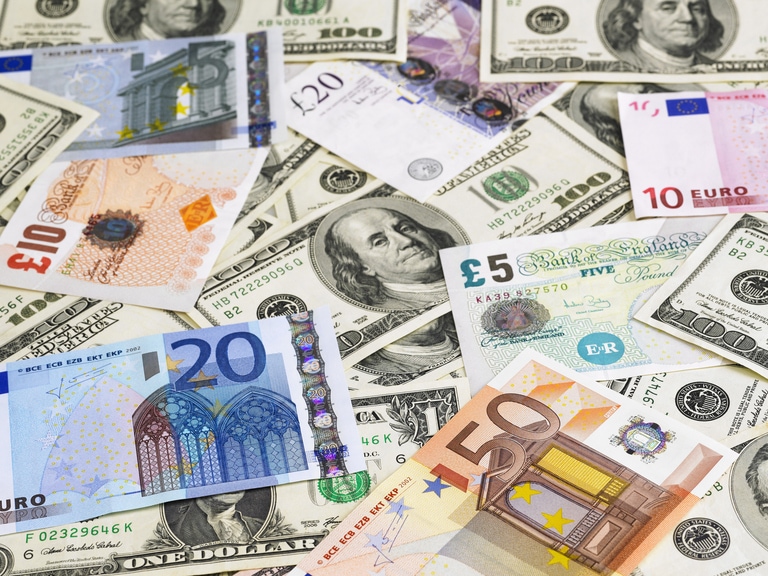European markets declined for the 4th day in a row yesterday with both the DAX and FTSE100 falling to one-week lows on concerns over slowing economic activity, against a backdrop of rapidly rising oil prices which could act as a long-term headwind for central banks..
The initial catalyst was a truly dreadful German factory orders number for July which saw output plunge by -11.7%, the biggest fall since April 2020. When combined with the recent manufacturing and services PMI numbers, which showed further deterioration.
The weakness in European markets also weighed on US markets, which came under additional pressure for an entirely different reason after the latest ISM services report saw economic activity rise to its highest level since February, while prices paid jumped to their highest levels since April, pushing both the US dollar and yields higher, on expectations that even if the Fed pauses this month, we could still see another rate hike in November.
Last night’s Beige Book showed the US economy grew at a modest rate through July and August, with consumer spending stronger than expected, while today’s weekly jobless claims are set to remain steady at 230k.
Earlier this morning we got another snapshot of the Chinese economy, with the latest trade numbers for August.
Over the past few weeks China has taken several measures to help boost the prospects for its economy and has continued to do so on a piecemeal basis. From easing overseas travel restrictions to modest cuts to lending rates, recent PMIs have shown that these have had limited success.
In July, the economy slipped into deflation after headline CPI fell from 0.2% in June to -0.3%. PPI, which has been in deflation since the end of last year improved slightly but still declined by -4.4%, with the latest inflation numbers for August due this weekend.
This morning’s trade numbers for August did show an improvement on the July figures but given how poor these were it was a low bar.
Imports declined by -8.8%, an improvement on the -12.4% decline in July, while exports fell -7.3%, which was a significant improvement on the -14.5% seen in July. While this is encouraging, demand for Chinese goods was still weak from an international, as well as domestic perspective.
The pound was the worst performer yesterday after Bank of England governor Andrew Bailey gave every indication that the Bank of England might have concerns over further tightening measures, given worries about transmission lags. With Deputy Governor Ben Broadbent and Chief economist Huw Pill also indicating that they think monetary policy is already restrictive enough, the markets could be being lined up for a pause later this month.
With Asia markets also slipping back, European markets look set to open lower, with German industrial production data for July set to show similar weakness as factory orders yesterday, albeit with a more modest decline of -0.4%
EUR/USD – this week’s slide below the August lows has seen the euro slip lower with the May lows at 1.0635 the next target. Resistance now comes in at the 1.0780 area, and behind that at the 1.0945/50.
GBP/USD – remains under pressure with the 200-day SMA the next target at the 1.2400 area. Only a move back above the 1.2630/40 area, and behind that the highs last week at 1.2750/60.
EUR/GBP – squeezed back to the 50-day SMA having found a short-term base at 0.8520 area. We have resistance at the 0.8570/80 area, as well as the 0.8620/30 area.
USD/JPY – remains on course for the 150.00 area, despite a brief sell-off to 147.00 yesterday. Only a move below last week’s low at 144.50 targets a move back towards 142.00.






